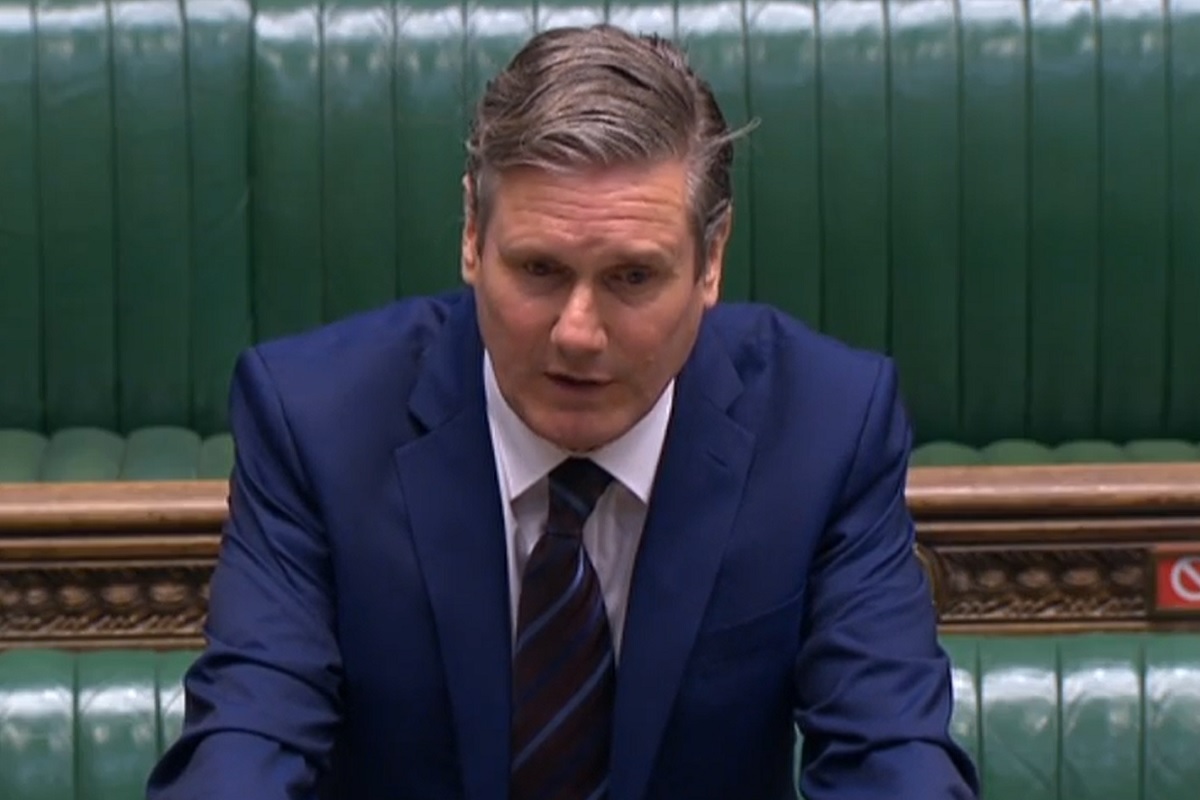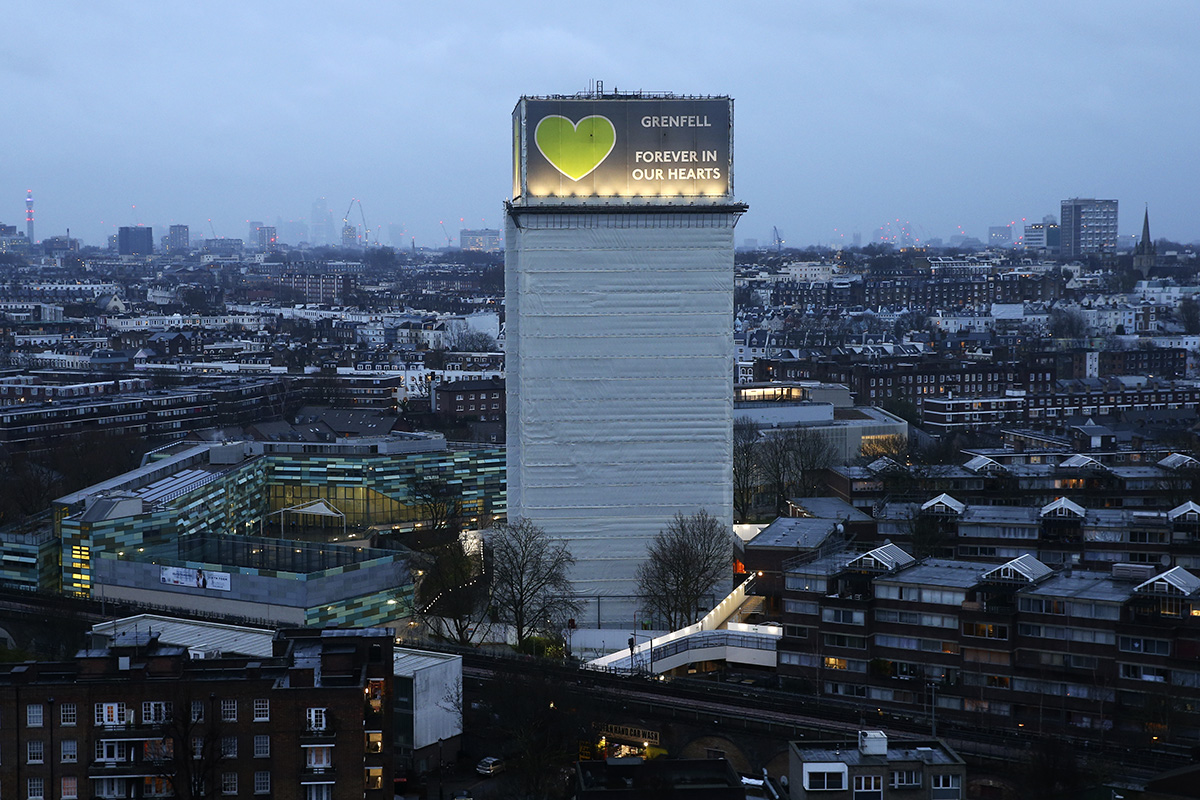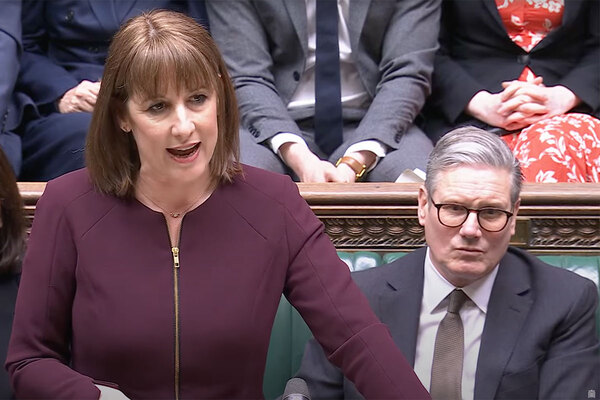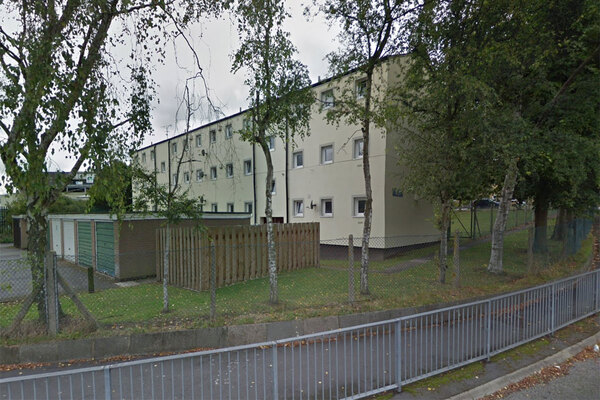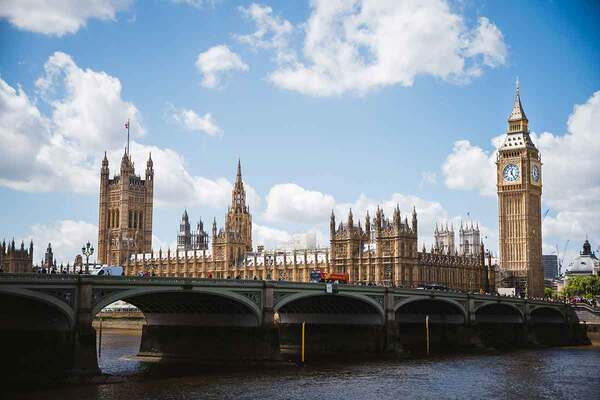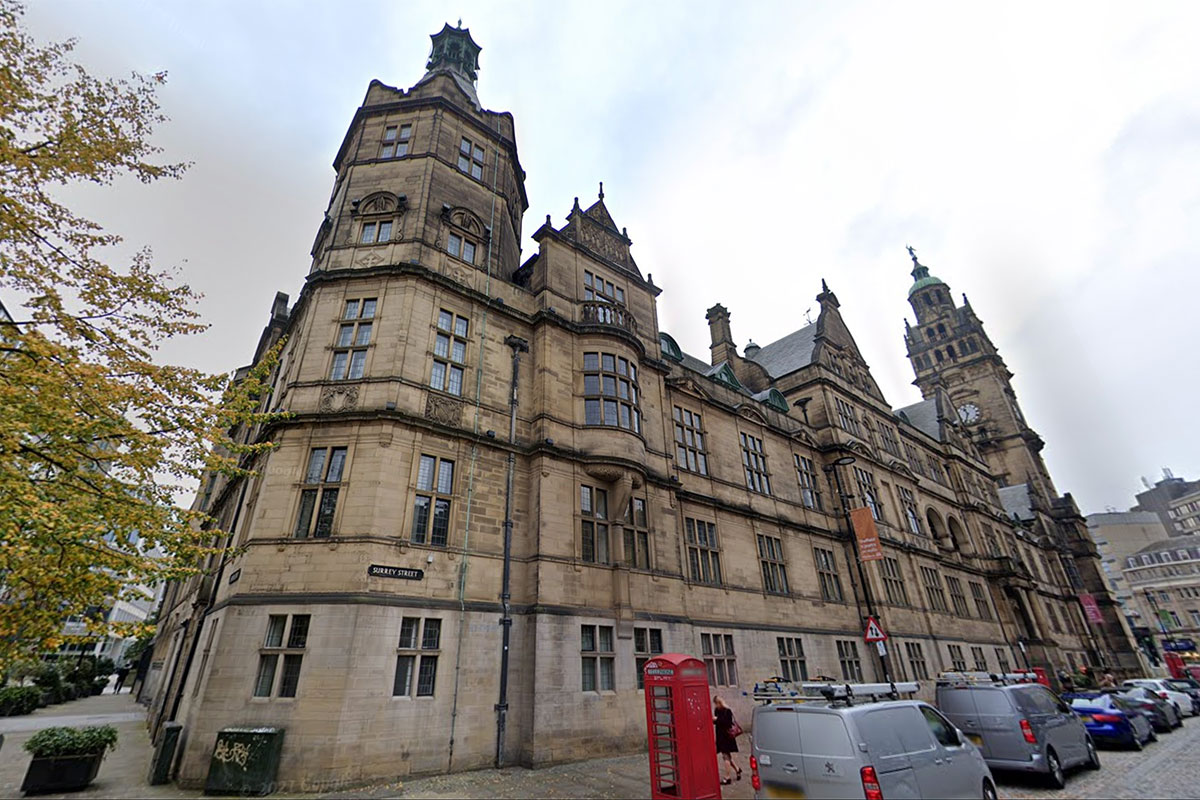Labour calls for National Cladding Taskforce as it outlines plan to fix building safety crisis
The Labour Party has outlined its proposal to fix the cladding crisis ahead of a crunch debate tomorrow – calling for the establishment of a National Cladding Taskforce to oversee the work.
Keir Starmer, the party leader, outlined six key demands from the party in a major escalation of its intervention in the building safety debate. It also published a new analysis which suggested 11 million people may be affected by the crisis – one in every five people in England.
In a press release, which cited Inside Housing’s reporting and research three times, Labour said the government should adopt the approach successfully applied in Victoria, Australia, where a state-wide taskforce has led the effort to identify, prioritise and remediate dangerous buildings (see box).
This contrasts with England, where a decentralised approach means we still do not even have a comprehensive figure for the number of buildings affected.
Labour’s six demands are:
- Immediate up-front funding for removing deadly cladding and other urgent fire safety work
- Protecting leaseholders and taxpayers by pursuing those responsible for the cladding scandal for costs
- A new, legally enforceable 2022 deadline to make homes safe
- Legislation to protect residents from costs
- Getting the market moving by ensuring affected residents can sell and re-mortgage
- Stamping out rogue builders by reforming the sector
Several of the demands closely echo the End Our Cladding Scandal campaign which Inside Housing assisted leaseholder campaign groups to design and launch.
The party will force a symbolic vote on protecting leaseholders in parliament tomorrow, followed by an amendment to the Fire Safety Bill seeking to achieve the same result when that legislation returns to the house.
The Labour leader will visit residents at an affected block in south-east London tomorrow.
While Labour’s last manifesto also called for the creation of a taskforce to tackle the issue, this is the highest prominence the opposition party has given to the building safety crisis which has swelled in scale over the past year.
Labour’s analysis of figures from the New Build Database and the Office for National Statistics suggests the cladding scandal could be even larger than previously thought, affecting as many as 11 million people. The New Build Database estimates the scandal may affect up to 4.6 million properties, with an average of 2.4 residents per property.
The party’s proposed taskforce would be given strong powers to establish the full extent of dangerous materials on buildings, prioritise them according to risk and ensure there is enforcement against those who refuse to undertake works.
What does the taskforce in Australia do?
- Following a 2014 fire in the Lacrosse Tower in downtown Melbourne, the Victorian state authority began a programme of identification of dangerous cladding systems.
- This programme was majorly stepped-up following the Grenfell Tower fire in 2017. Three weeks after the fire in London, the Victorian state established the taskforce to take control of the identification and remediation of dangerous buildings.
- An audit was carried out of all apartment buildings, hotels, motels and student accommodation of more than three storeys and hospitals, care homes and schools of more than two storeys. This involved an on-site inspection and a review by a municipal building surveyor who gave immediate advice on necessary interim measures.
- In total 2,227 buildings were audited, with 1,069 found to have combustible cladding. Of these, around 500 have been placed into the high or extreme-risk category and will be the first to undergo remediation work.
- The taskforce works with the owner's corporation (buildings in Australia are jointly owned by residents instead of a private freeholder). The taskforce also works with them to appoint a project manager, assign a builder and help manage the works to completion.
- The state funds the work through a combination of public funds and a levy imposed on new developments.
It criticised the government for allocating remediation funding on a ‘first come first served basis’, which it called an inefficient use of government funds, and called for the prioritisation of affected buildings by risk.
It pledged new legislation to protect leaseholders from being passed historic fire safety costs, enforcement powers against building owners who refuse to start work, bans on ‘gagging clauses’ for residents in unsafe blocks and measures to make it easier to recover costs from bad builders.
Mr Starmer said: “Today needs to be a turning point for those affected by the cladding scandal. Millions of people have been sucked into this crisis due to years of dither, delay and half-baked solutions from the government.
“For many leaseholders, the dream of homeownership has become a nightmare. They feel abandoned, locked down in flammable homes and facing ruinous costs for repair work and interim safety measures.
“I urge Conservative MPs to vote with us in parliament [tomorrow] and put their constituents’ safety and security first. And I urge the government to get a grip of this crisis through a national taskforce and by implementing Labour’s six demands.”
Following the Grenfell Tower fire in 2017, the government focused almost exclusively on other buildings above 18 metres with the aluminium composite material (ACM) cladding which was the primary cause of the horrific spread of the fire.
But while it has identified 462 of these buildings, thousands of tall and medium rise buildings with other forms of dangerous materials fall outside the scope of the main government programme.
Local authorities were tasked with cataloguing the number of these affected towers in 2019, but this process has stalled and there remains no definitive answer as to the scale of the crisis.
Current funding is known to be insufficient – with a £1bn pot for non-ACM towers set to cover between 400 and 600 of more than 2,500 registered blocks. It will also exclude work which goes beyond cladding removal.
Leaseholders face costs stretching above £100,000 each where there is no government funding available.
Despite repeatedly saying these bills should not be imposed on leaseholders, a government advisor has devised a scheme which would see them forced to repay long-term loans to cover the cost of the work.
The building safety crisis has also seen a serious mortgage crisis emerge - following government advice published in November 2018 which suggested all facades were required to either be non-combustible or justified by large-scale testing.
This resulted in the mass refusal of lenders to offer mortgages on flats with a small amount of combustible materials or where the materials cannot be identified.
An effort to address this through the creation of a form, known as EWS1, which surveyors could use to sign off the building as safe, has proved glacially slow with a lack of qualified inspectors hampering progress and many buildings failing to pass via this route.
As a result, millions of flatowners – even those in buildings with no major safety issues – are unable to obtain a mortgage to sell.
A Ministry of Housing, Communities and Local Government spokesperson said: “Leaseholders shouldn’t have to worry about the unaffordable costs of fixing safety defects in high-rise buildings that they didn’t cause – and should be protected from large-scale remediation costs wherever possible.
“We all want to see homes made safer, as quickly as possible and backed by our £1.6bn funding, we are making good progress on remediating unsafe homes.
“The Building Safety Bill is the appropriate legislative mechanism for addressing these issues and will be brought forward in due course.”
10 steps to End Our Cladding Scandal
Based on the recommendations of the Housing, Communities and Local Government Select Committee and backed by a range of sector bodies and MPs from across the political spectrum, these are Inside Housing’s 10 steps to End Our Cladding Scandal:
- The government must lead an urgent national effort to remove all dangerous cladding from buildings by June 2022.
- The Building Safety Fund must cover all buildings, regardless of height, and a range of internal and external fire safety defects, not just cladding.
- The government should provide the money up front and then seek to recover it from any responsible parties or via a temporary levy on development.
- Social housing providers must have full and equal access to the fund.
- The government must compel building owners or managers to be honest with residents about fire safety defects.
- The government should cover the cost of interim safety measures.
- The government should act as an insurer of last resort and underwrite insurance where premiums have soared.
- A fairer, faster process is needed to replace the EWS form and funding is necessary to ensure all buildings requiring a form are surveyed within 12 months.
- Mental health support must be offered to affected residents.
- Protecting residents from historic and future costs must be a key commitment of new building safety legislation.
Sign up for our fire safety newsletter
Already have an account? Click here to manage your newsletters
